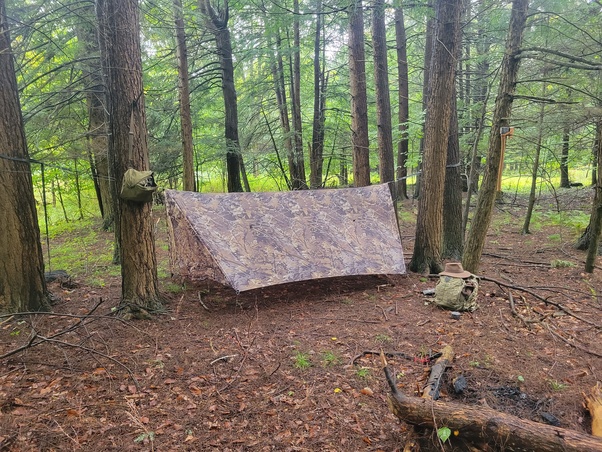Starting a fire is one of the most essential skills in wilderness survival. A well-built fire can provide warmth, cook food, purify water, and even signal for help. However, starting a fire in the wild isn’t always easy, especially in challenging conditions like rain, snow, or high winds. Mastering firecraft ensures that you can create a reliable fire in any environment, no matter the circumstances.
Why Firecraft is Crucial for Survival
In the wild, fire serves multiple purposes that can make the difference between life and death. Beyond warmth and cooking, a fire can deter predators, boost morale, and help you stay dry. Whether you’re an experienced outdoorsman or a novice adventurer, knowing how to start a fire is a critical skill that should never be overlooked.
For those eager to deepen their understanding of survival techniques, including shelter building, foraging, and navigation, our comprehensive bushcraft and survival blog offers a treasure trove of information to help you become proficient in the wild.
Fire-Starting Methods
1. Friction-Based Methods
Friction-based methods involve rubbing two materials together to generate enough heat to ignite a fire. Some of the most common techniques include:
- Bow Drill: This method uses a bow, spindle, and hearth board to create friction. It’s one of the most reliable friction methods but requires practice to master.
- Hand Drill: A simpler but more challenging technique, the hand drill involves spinning a spindle between your hands against a hearth board to create an ember.
2. Spark-Based Methods
Spark-based methods are typically easier and more reliable than friction-based techniques, especially in damp conditions. Tools like flint and steel or a ferrocerium rod can produce sparks that ignite tinder. These methods are favored by many survivalists for their efficiency and effectiveness.
3. Modern Fire-Starting Tools
While traditional methods are essential to learn, modern tools like lighters, waterproof matches, and fire starters can make starting a fire quick and easy, even in harsh weather. It’s wise to carry these tools as part of your survival kit whenever you venture into the wilderness.
Preparing Your Fire
Once you have a spark or ember, the next step is to prepare your fire properly. This involves:
- Gathering tinder: Fine, dry materials like grass, leaves, or bark shavings that will catch fire easily.
- Building a fire lay: Arranging kindling and fuel wood in structures like a teepee, log cabin, or lean-to to encourage airflow and ensure the fire catches and burns efficiently.
- Feeding the fire: Gradually adding larger pieces of wood as the fire grows, ensuring it remains strong and steady.
Overcoming Environmental Challenges
Different environments present unique challenges when it comes to starting a fire. In wet conditions, for example, finding dry tinder and kindling can be difficult. In such cases, look for materials like dead branches still on trees or peel bark to access dry inner layers. In windy environments, create a windbreak using rocks or build your fire in a sheltered location.
Conclusion
Firecraft is an invaluable skill that every outdoor enthusiast should master. By understanding the various methods of starting a fire and knowing how to adapt to different environmental conditions, you can ensure that you’re always prepared in the wild. For more expert tips and in-depth guides on surviving in nature, be sure to check out our bushcraft and survival blog.








